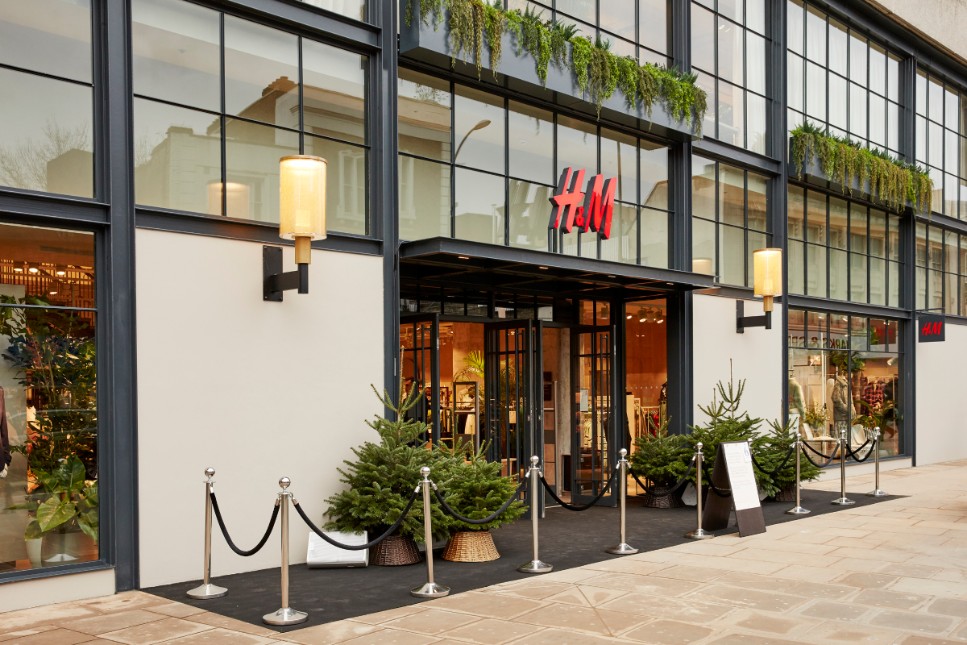J.P. Morgan is launching a pilot for biometrics-based payments with retailers in the US.
The technology being tested includes palm and face identification for payments authentication in-store.
The pilot is part of the bank's new commerce products series, with biometric payments being the first technology to be launched.
The announcement comes as research by Goode Intelligence predicts that global biometric payments are expected to reach $5.8 trillion and three billion users by 2026.
Customers partaking in the trial will carry out a short enrolment process in store. After having their items scanned by a cashier or using a self-service terminal, they will scan either their palm or face to pay for the products.
"The evolution of consumer technology has created new expectations for shoppers, and merchants need to be ready to adapt to these new expectations," said Jean-Marc Thienpont, head of omnichannel solutions, J.P. Morgan Payments.
The bank also plans to launch new cloud-based infrastructure for J.P. Morgan Payments’ online and in-store payments APIs, which it said would allow for new tools that developers and technical buyers could use roll out its payments technologies.
J.P. Morgan said that if the pilot stage is successful, it would plan a wider roll out across its US merchant customers next year.
Beyond Channels: Redefining retail with Unified Commerce
This Retail Systems fireside chat with Nikki Baird, Vice President, Strategy & Product at Aptos will explore how unified commerce strategies enable retailers to tear down these barriers and unlock new levels of operational agility and customer satisfaction.
The future of self-checkout: Building a system that works for consumers and retailers
In this webinar, industry leaders discussed what the future of self-checkout looks like and how retailers can make the technology work for everyone.
© 2024 Perspective Publishing Privacy & Cookies










Recent Stories